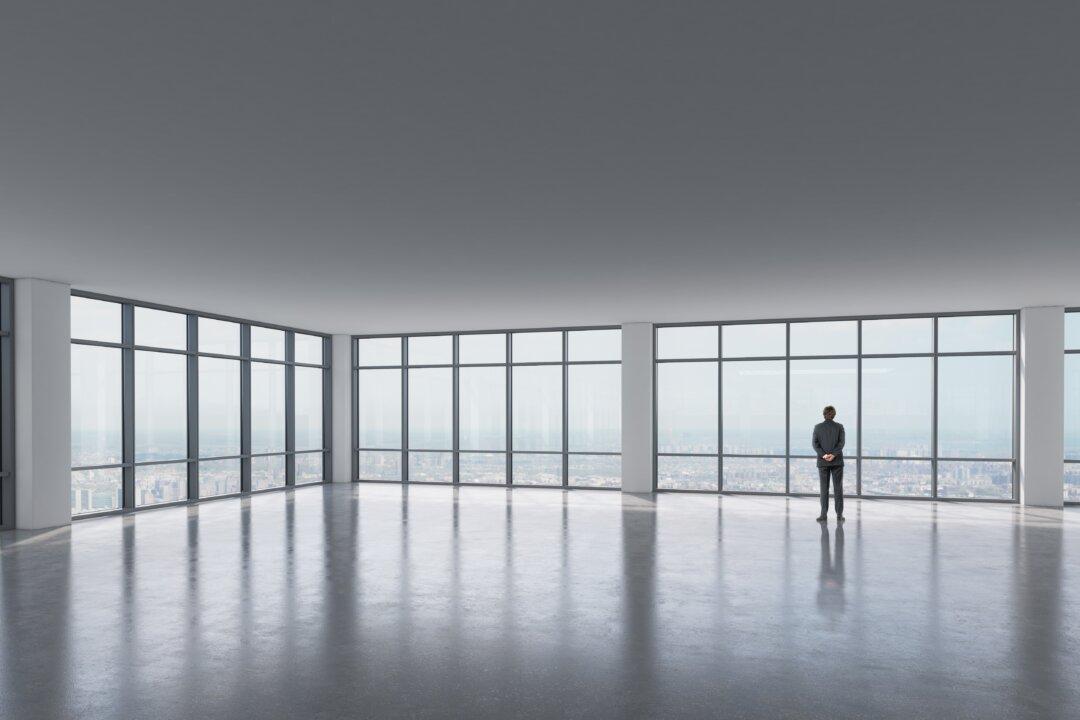Affordability and manageable maintenance of properties, typically on the smaller side, has attracted first-time home buyers for decades.
However, as anyone who has purchased a home in the last few years will tell you, it’s a competitive and pricey market for homes of all varieties, and many wonder if starter homes are still a viable option.





